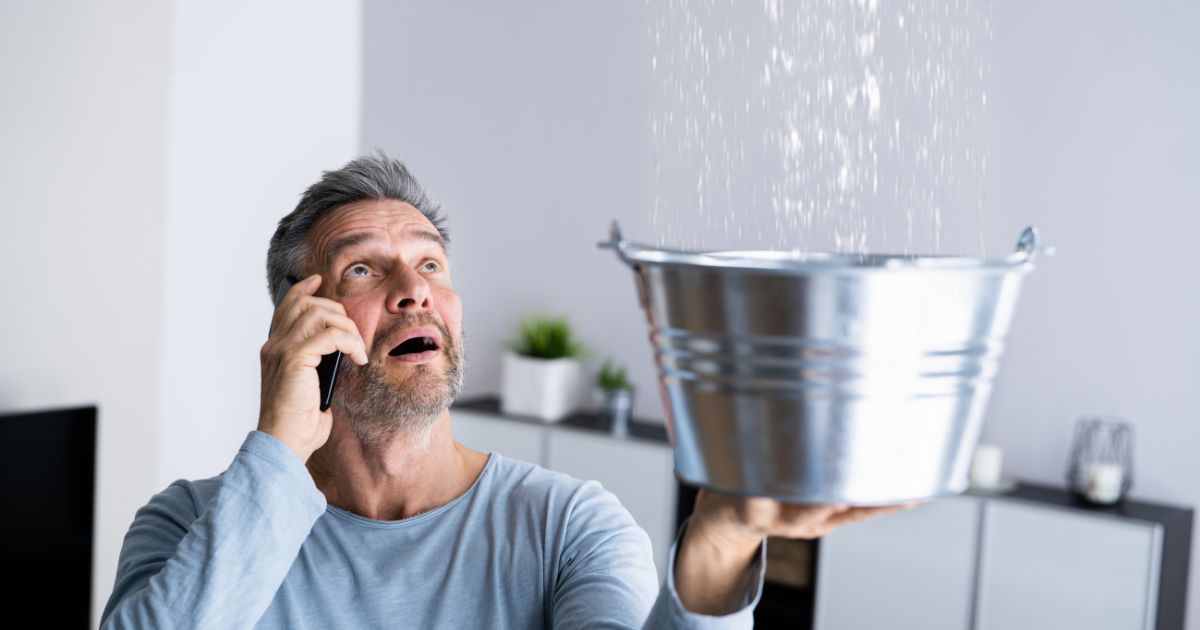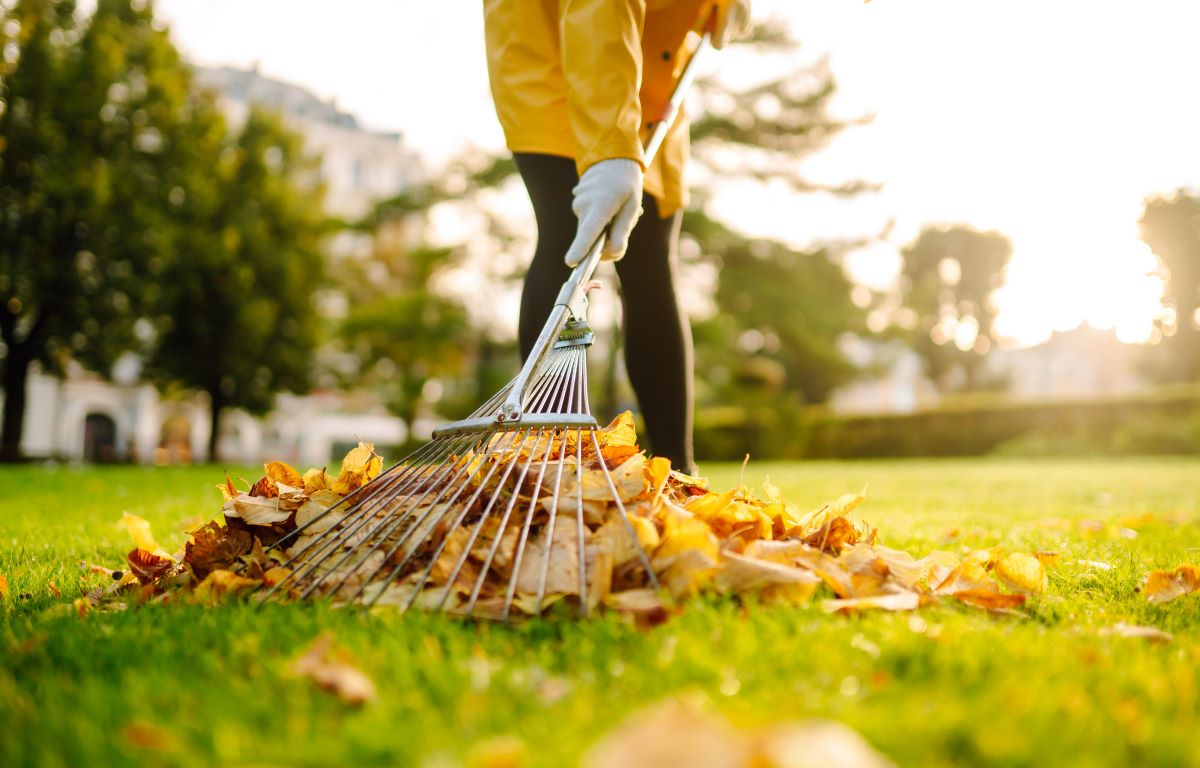As homeowners, it’s crucial to know the ins and outs of your property, including how to handle emergencies like turning off the mains water supply. Whether you’re dealing with a burst pipe, plumbing repairs, or simply need to shut off the water for maintenance purposes, knowing how to do it safely and efficiently can save you time, money, and potential water damage. In this guide, we’ll walk you through the process of turning off the mains water in your home, ensuring you’re prepared for any situation that may arise.
Step 1: Locate Your Main Stopcock
The main stopcock is the valve that controls the flow of water into your property from the mains supply. It’s typically located near where the water pipe enters your home and is often found under the kitchen sink, in a utility room, or in an external meter box. In some cases, it may be located in a cellar or under the floorboards. Take a moment to familiarise yourself with its location before you need to use it in an emergency.
Step 2: Turn Off the Stopcock
Once you’ve located the main stopcock, it’s time to turn it off. This can usually be done by turning the valve clockwise until it’s fully closed. Keep in mind that older stopcocks may require a few extra turns to fully shut off the water supply. If you’re having trouble turning the valve, try using a pair of pliers or a wrench for extra leverage, but be careful not to apply too much force and damage the valve.
Step 3: Drain the System and Test the Water Supply
After turning off the stopcock, it’s crucial to drain the system to remove any residual water pressure and verify that the mains water supply has been successfully shut off. To do this, open a few taps around your home, starting from the highest point (e.g., upstairs taps) and working your way down to the lowest point (e.g., ground floor taps). Allow the water to run until the flow stops completely, indicating that the system is fully drained and the water supply has been effectively turned off.
Once you’ve drained the system, you can proceed to test the water supply by attempting to turn on a tap, such as a kitchen or bathroom faucet. If no water flows out, it confirms that the mains water has been successfully shut off. If water continues to flow, double-check the stopcock to ensure it is fully closed and repeat the draining process if necessary. Testing the water supply after draining the system provides peace of mind and ensures you’re prepared for any plumbing emergencies or maintenance tasks.
Step 4: Turn Off Appliances
Once the water supply has been shut off, it’s important to turn off any appliances that rely on water, such as washing machines, dishwashers, and boilers. This will help prevent any potential damage or flooding in the event of a leak or burst pipe while the water supply is turned off.
Step 5: Restore Water Supply
Once you’ve completed your repairs or maintenance work, it’s time to restore the water supply to your home. Simply return to the main stopcock and turn the valve counterclockwise until it’s fully open. Again, it may take a few extra turns for older stopcocks to fully open, so be patient.
Conclusion
Knowing how to turn off the mains water supply at your home is an essential skill for any homeowner. By following the simple steps outlined in this guide, you can confidently handle emergencies, make repairs, and perform maintenance work without the fear of water damage or leaks. Remember to always prioritize safety and, when in doubt, don’t hesitate to seek professional assistance. With a little knowledge and preparation, you can keep your home safe and secure for years to come.






14 Comments
generique kamagra
medicament kamagra bonne prix pharmacie en ligne
léky na předpis indie kamagra
kanadská diskontní lékárna kamagra
buy itraconazole without
purchase itraconazole price london
ordering fildena cheap uk
ordering fildena generic uk
ordering gabapentin generic version
purchase gabapentin online uk
how to order flexeril cyclobenzaprine purchase tablets
buying flexeril cyclobenzaprine price by pharmacy
purchase dutasteride purchase in canada
dutasteride cheap online
cheap avodart purchase singapore
canada online pharmacy avodart
get staxyn generic is good
comprar staxyn en chile
discount xifaxan generic efficacy
cheap xifaxan cheap from india
No perscription rifaximin
generic rifaximin american express
online order enclomiphene cheap melbourne
discount enclomiphene purchase uk
generic androxal from canada
cheap androxal us prices
itstitle
excerptsa